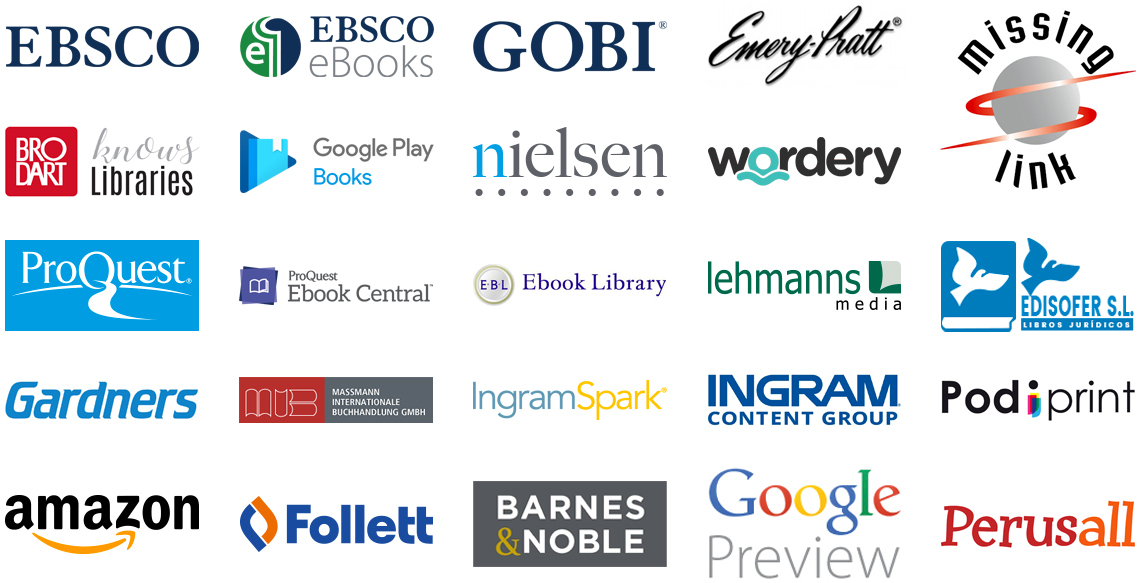Featured
Email alert service
Sign up to our newsletter for exclusive news and special offers.
News
Resources for
Authors
Information for current and prospective authors: how to prepare a proposal, format your manuscript, turnaround times and a lot more.
Reviewers
Information about our community of reviewers, guidelines for reviewers and information about academic journal and other published reviews.
Instructors
Information for professors and other instructors who consider our books for course adoption.
Librarians
Are you a librarian? Download catalogs, flyers and find out about ordering our books.
Booksellers
Are you a bookseller? Find out how to work with us.







